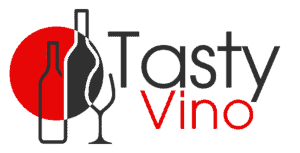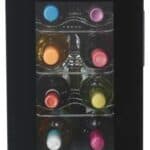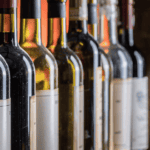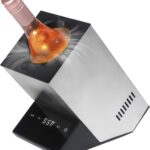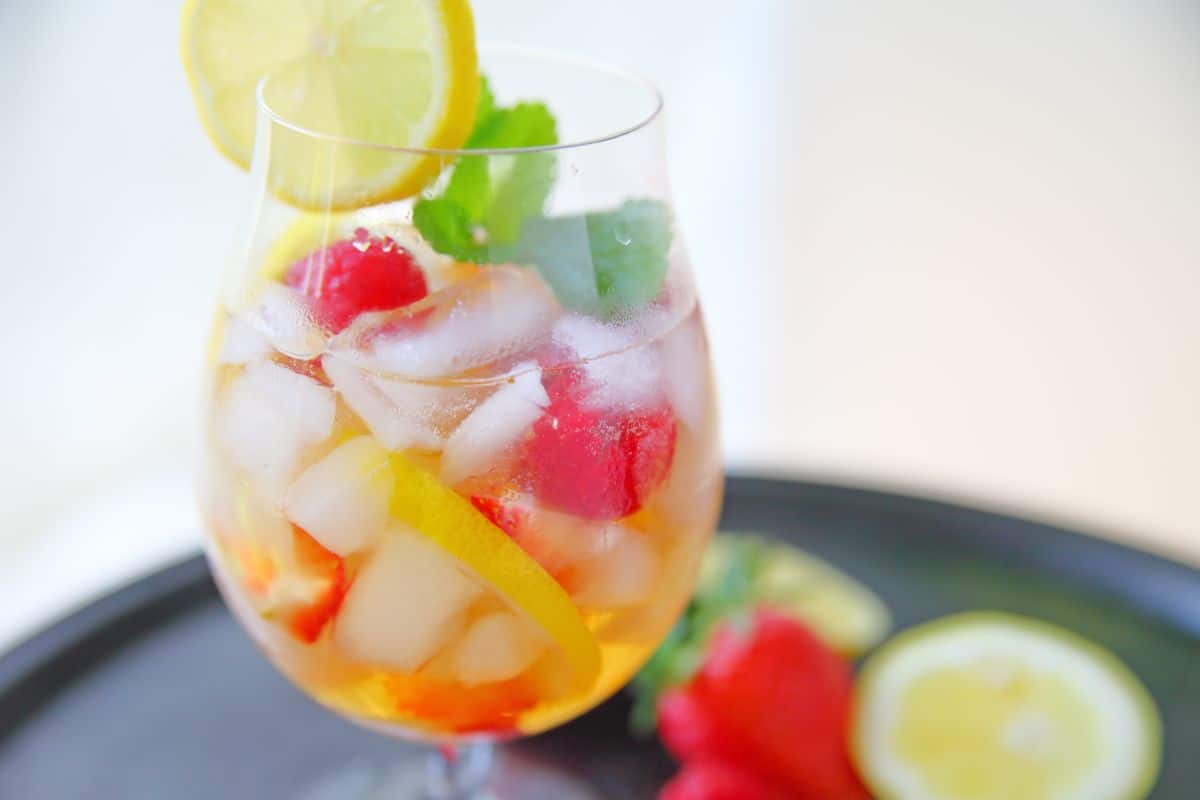There’s nothing quite like a refreshing glass of wine in the summer sun. Maybe it’s the flavor. Maybe it’s the cooling liquid.
Perhaps it’s the whole atmosphere that often comes with drinking a lovely glass (a party or a social gathering).
Whatever the reason, it is a feeling that can’t be beaten. Well, maybe don’t say.
Especially when somebody has had the brilliant stroke of genius to bring a bottle of champagne.
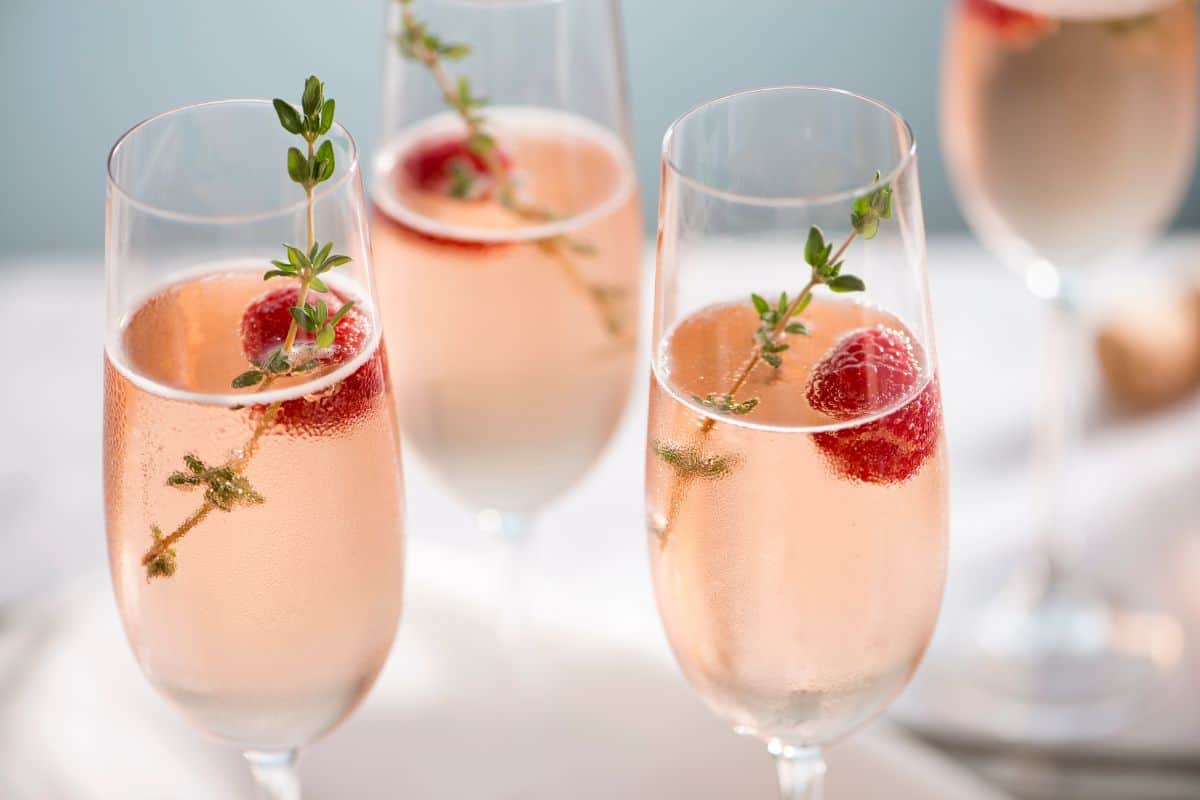
Going from your glass of wine to a glass of champagne (first of all, lucky you!) might make some people ask as they are sipping down on this delicious bubbly drink: What exactly is the difference between champagne, and a bottle of some other kind of sparkling wine?
Is Champagne a kind of wine in and of itself?
Whilst it might seem like a trivial question, the amount of money that a bottle of champagne often sells for isn’t exactly a laughing matter.
Especially if it turns out that a bottle of sparkling wine is cheaper to bring to a social gathering.
So, to help answer this question once and for all, we are going to try and distinguish what exactly sets these two alcoholic beverages apart, by explaining where the two drinks come from, and whether they have enough in common to be considered similar or the same even.
What Is Champagne?
First, we should probably explain what champagne is exactly.
After all, there is a lot of history behind this special little drink, and a lot that goes into making it.
Champagne is an alcoholic beverage that was originally made and is still produced in the Champagne wine area of France.
It uses several grape varieties as part of its manufacture and requires that very specific vineyard practices must be followed for a bottle of the liquid that is produced to be considered official champagne.
The origins of champagne are somewhat mysterious, as its original invention of it has been somewhat lost to time.
We do know that the growth of the reddish wine drink that was normally grown in Northern France was somewhat difficult to achieve in the Champagne region, and would end up making lighter-bodied wines.
However, we do know that the first documented case of champagne as we would probably recognize it was recorded in 1531, by bottling the wine up whilst it was still fermenting.
As a result, a lot of the carbon dioxide that was normally expelled during the fermentation process stayed in the liquid, resulting in the drink that we know of today.
Or, at least, a version that we could recognize as champagne.
What Is Sparkling Wine?
Sparkling wine is effectively what the name suggests.
It is a wine that contains a noticeably higher concentration of bubbles than ordinary standing wine, and often leaves a fizzing taste in the mouth and on the tongue, sometimes even after it has been drunk.
Sparkling wine is a slightly more difficult drink to pin down the origins of than Champagne, as the many drinks that make up this family of alcohol, as we are simply observing the history of a single area.
However, we do know that the process of bubbling wine was at least observed in Ancient Rome and Greece.
However, it was never fully understood, and never utilized as an intentional feature of some wines in Europe, an issue that would continue into the Middle Ages.
It was only with the slow development of Champagne in the Early Modern Period that we start to see the widespread adoption of bubbles in wine as a feature, and not that the steps in fermentation have gone wrong in some way.
Sparkling wine is often kept in bottles that are kept under pressure internally, maintaining the fizz that these particular types of wine are most known for.
Are Champagne And Wine The Same Thing?

As it may have become clear as we have gone further through this topic, it should have become clear to most people that Champagne is, in fact, a type of sparkling wine.
After all, it was one of the first widely spread types of wine that were recorded and observed to have any sort of fizz and were explicitly designed to have fizz in mind during the 17th and 18th centuries.
Both sparkling wine and champagne are bottled before the initial fermentation of the wine is finished, and are often encouraged to go through the second phase of fermentation, thanks to the introduction of extra sugars to the bottle.
However, it is important to note that, whilst virtually every type of champagne is sparkling wine, not every type of sparkling wine is considered champagne.
Differences Between Champagne And Sparkling Wine
So, having established that Champagne is a type of sparkling wine, but the same doesn’t hold for the reverse, what are some differences?
The Location And Method Of Manufacture
This is one of the biggest distinctions between sparkling wine and champagne is where each of these bottles is made and prepared.
Whilst several types of sparkling wine have emerged over the years, the only place where it is possible to grow and manufacture true champagne is in the champagne region of France, where the drink is named after.
Legally speaking, any winery or vineyard that markets their sparkling wine as a regional ‘champagne’ is infringing on the original place of its manufacturer.
Other Types Of Sparkling Wine
There are many household names for sparkling wine besides champagne. Some of the most well-known are:
- Prosecco – A popular type of sparkling wine that is grown in Italy
- Cava – Made in the Spanish are of Catalonia
- Crémant – A different type of French sparkling wine
- Rosé – This sparkling wine is made across the world, from France to the US
Final Thoughts
As you can see, these two drinks are the same. All you have to do now is decide which you prefer for yourself!
- How to Learn Wine Tasting: Essentials for Beginners - March 10, 2024
- How to Learn to Like Wine: Cultivating an Appreciation for the Vintner’s Art - March 10, 2024
- Thanksgiving Sangria: A Flavorful Twist to Your Holiday Table - August 27, 2023
